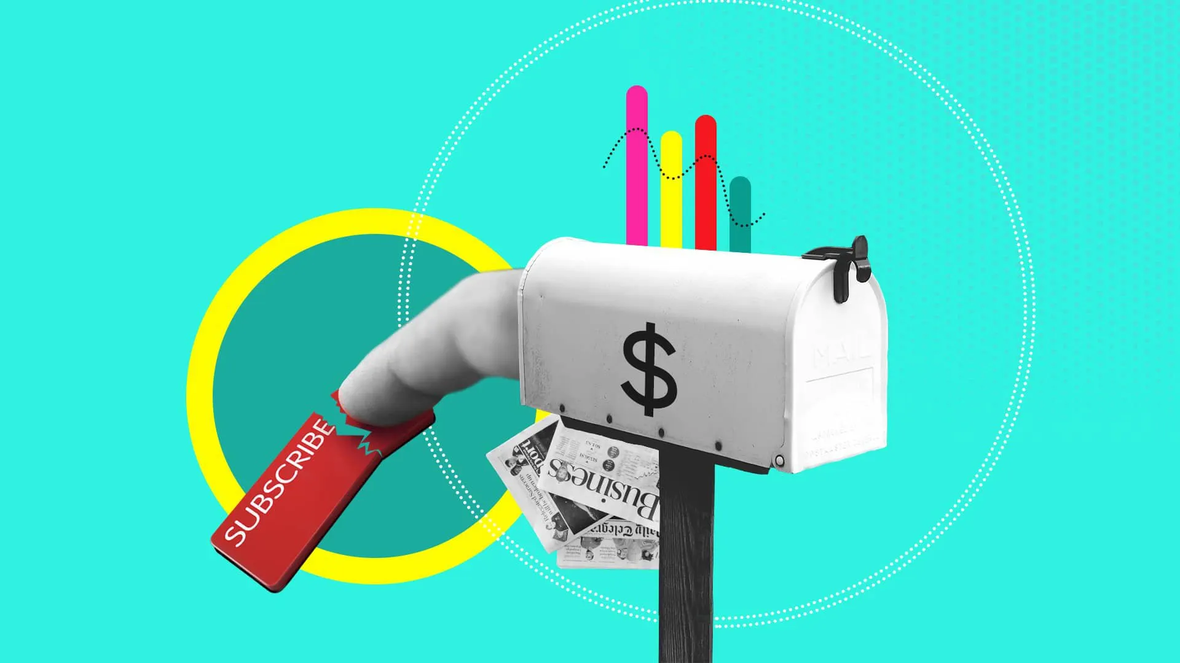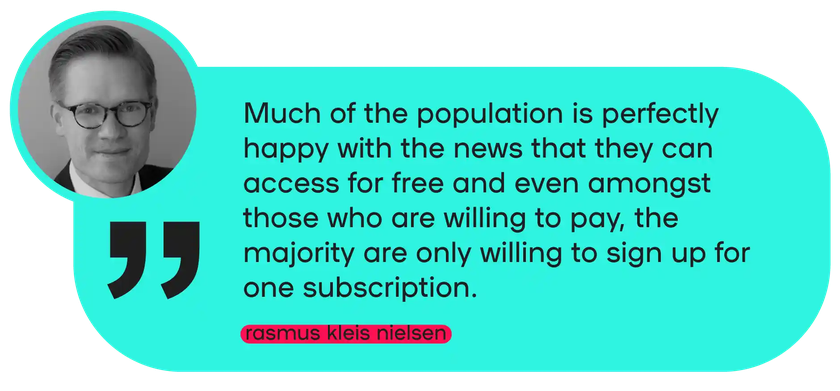What does this mean? We’ve spent a lot of time working the data on this one, so the smartocto team think we’ve got this more than most: over a set period a loyal reader must have visited the site habitually, and this should remain true at any given point you measure it. If you look at their behaviour over the last two weeks, the reader should be coming to the site regularly – just like they would undertake any habitual action. If something is habitual, it has to be sustained. It’s not enough to look at regularity, frequency and volume.
This is important because it’s one thing for a fresh, enthusiastic, new reader to devour all the content available every day for two weeks, but it’s quite another to have a reader reliably read articles every other day over a four, five, or six month period. The latter persona has clearly developed a habit.
There’s a reason we like to keep coming back to this point. It’s not just that the definition is groundbreaking (because frankly it is the first of its kind) – it’s because it recognises that other approaches to loyalty don’t base their calculation on the fact that loyalty is – at its very core – a human behaviour.
Once you understand who this band of merry, loyal readers are, observing how they interact with content is likely to be really informative – and indicative of how other, potential loyal users might behave also.
And, to draw this neatly round again, if your readers can sustain a habit, it’s more likely they’ll be able to sustain their subscriptions also. Boom. That’s the crux of it.
2. Befriend the data
Data is your friend. No, not in a frenemy kind of way. It’s the kind of friend that doesn’t mind terribly that you’ve ignored it these past years. It’s just glad you’ve finally decided to invest in the relationship.
‘Knowing’ your audience means communicating and engaging with them, but it also means understanding how they read what you publish.



